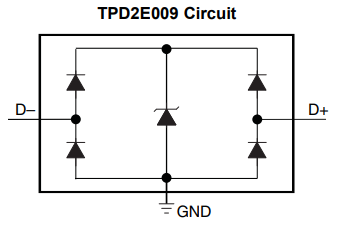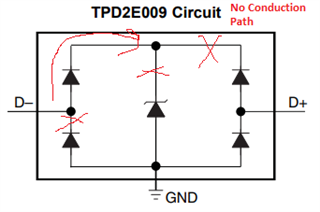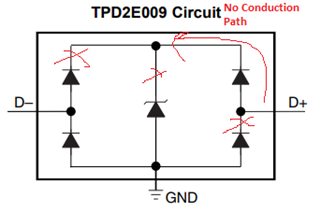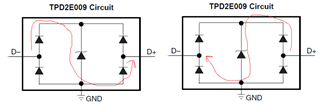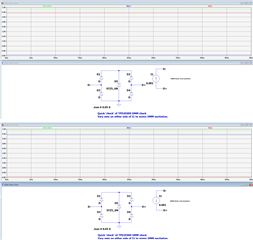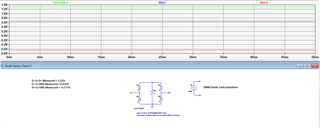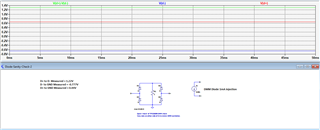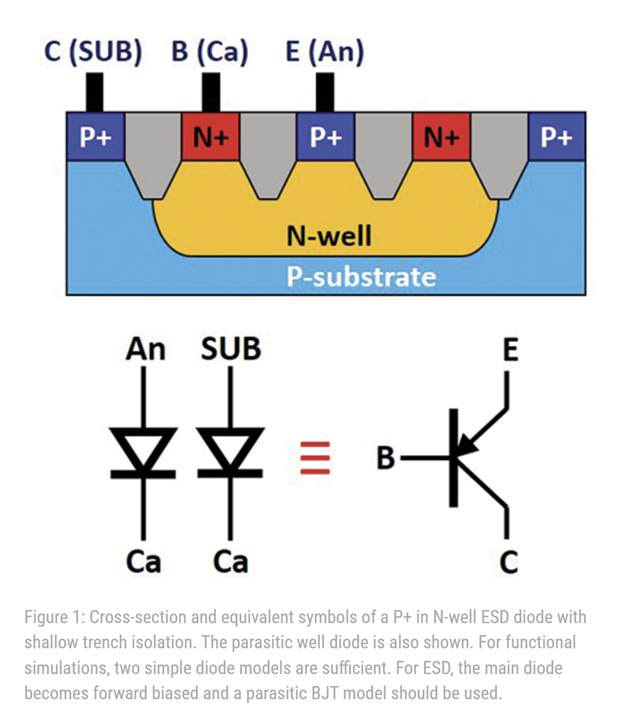Tool/software:
I am doing some 'diode tests' with a DMM on components on a PWA. I was getting some weird values so I isolated the TPD2E009 component from the rest of the circuitry. That appears to have made the values even weirder.
From what I can tell, putting the probe from D+ to D- and vis-versa should read OPEN in both directions. However, I am getting:
D+ to D- = 1.2V
D- to D+ = 1.2V
GND to D+ = 0.78V
D+ to GND = OPEN
GND to D- = 0.78V
D- to GND = OPEN
Does this seem correct? Or is this a sign that there is transconductance/damage to one or more of the diodes within the TPD2E009?



